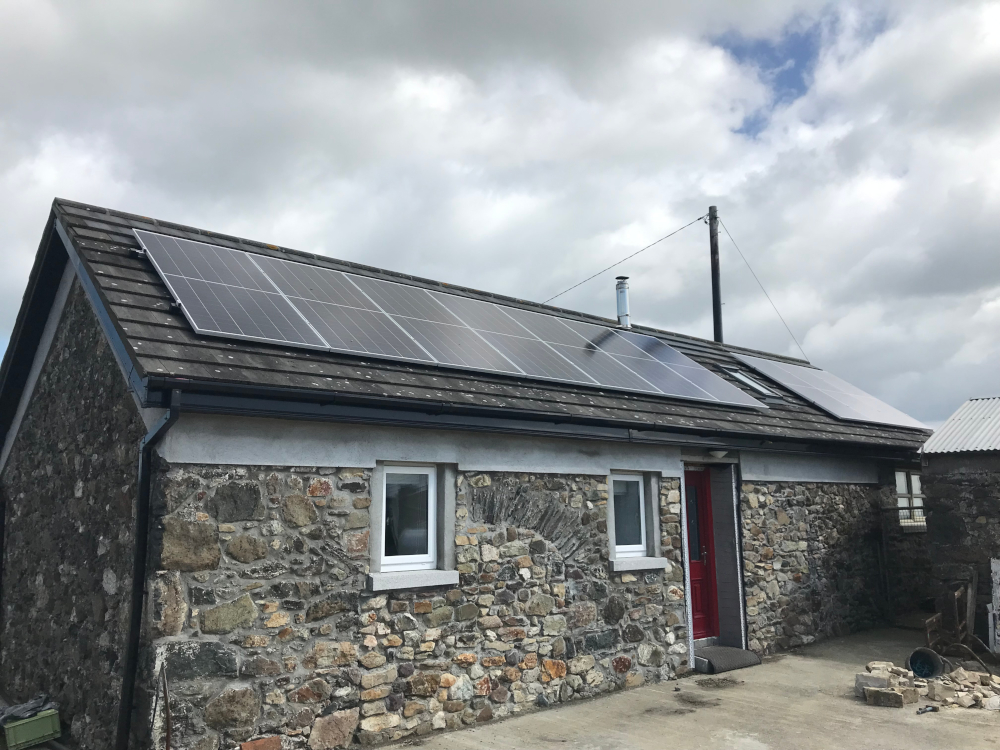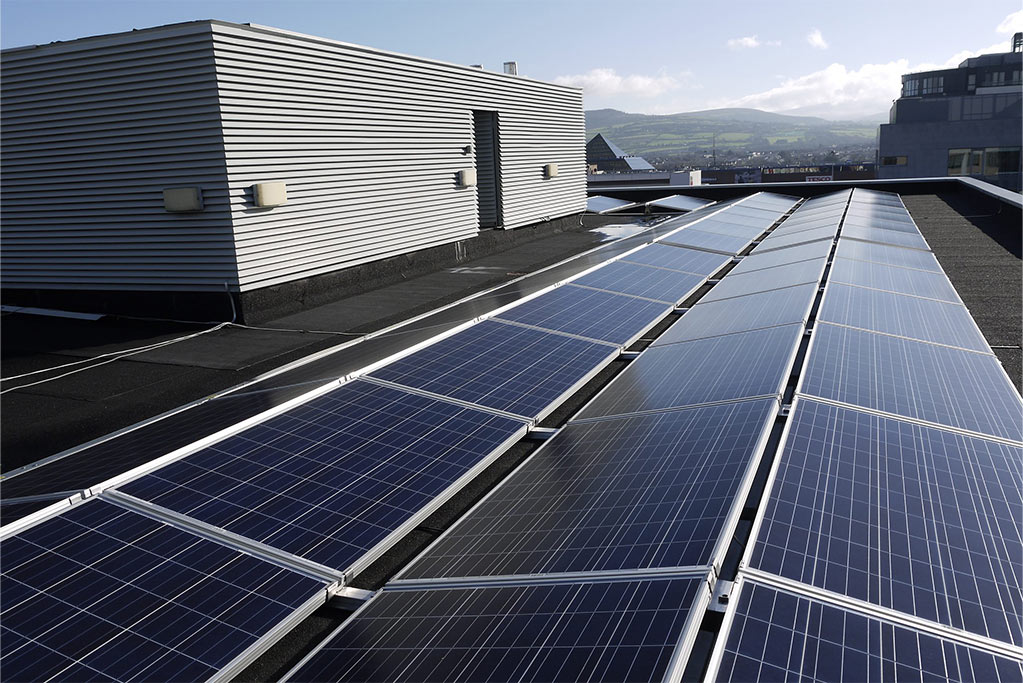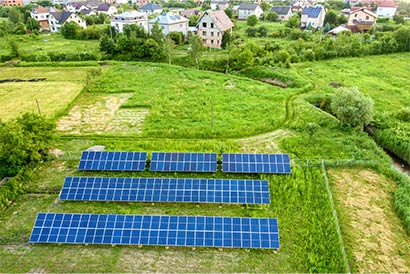Solar Solutions
Experienced Providers
Grants Available
Invest in the Future
Make the Switch to Solar Energy Solutions
Take control of your energy costs and reduce your carbon footprint with Sunstream Energy. Our expert team specialises in providing tailored solar energy solutions to homes and businesses across the South East.
We deliver solar PV systems that match your energy needs and budget, offering clean, renewable power to help you save money and achieve sustainability goals. Contact us today for a free solar energy consultation or to discuss your specific requirements.
Based in Waterford, Sunstream Energy installs Solar PV systems in Waterford, Kilkenny, Wexford, Carlow, South Tipperary, and parts of Cork. Join the growing number of customers switching to reliable and efficient solar energy systems.
Why install solar panels in Ireland?
5 Key Benefits of Solar PV:
- Lower electricity bills
- Government grants available (SEAI solar grants)
- Increased property value
- Energy independence from the grid
- Reduced carbon emissions




